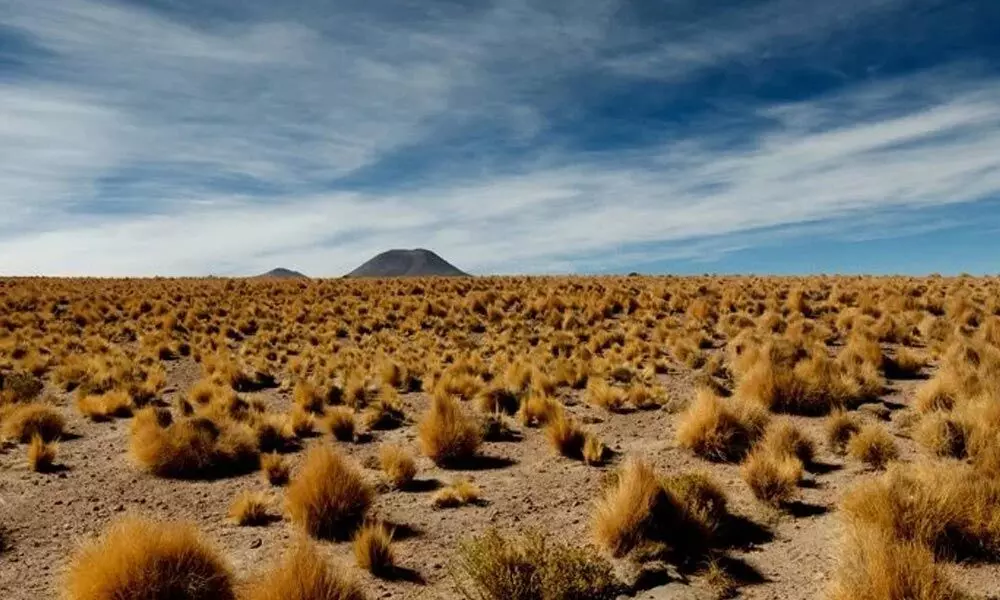World's Driest Desert Can Became The Solution Of Feeding World's Future Population

The Atacama desert. (Hans Neleman/Getty Images)
- In Chile's harsh, inhospitable Atacama desert, which is known for being the world's driest non-polar desert.
- The secrets of growing food in a world that is increasing hotter and drier by the year.
Life is difficult in Chile's harsh, inhospitable Atacama desert, which is known for being the world's driest non-polar desert. Despite the odds, life manages to thrive in these desolate wastelands, which have a long history of agriculture dating back thousands of years.
Identifying the mechanisms behind these improbable accomplishments is a mission that is more vital now than it has ever been, as it may reveal the secrets of growing food in a world that is increasing hotter and drier by the year.
Scientists have discovered the genetic basis of a variety of adaptations that allow plant life to thrive even in the withering, severe conditions of the Atacama desert, according to a new study.
Coruzzi and an international team of researchers researched Atacama plant life in 22 locations across the desert environment over a ten-year period, both in situ and off site — carefully transporting plant and soil samples back to the lab, frozen in liquid nitrogen to preserve them for genome study.
In total, the transcriptomes of 32 of the desert's most prevalent plants were sequenced, and the results were compared to 32 closely similar species from other sites, none of which exhibited genetic adaptations to Atacama's environment.
The comparison technique – an example of what's called phylogenomics – yielded 265 positively selected genes, suggesting they correlated with mutations that might confer advantages in the Atacama desert.
Further analysis revealed 59 of these genes also show up in one of the most-studied model organisms in plant biology, Arabidopsis, in which they have been linked to physiological and molecular processes that can enhance plant resilience in extreme environmental conditions, the researchers say.
In other words, these genes – which are positively selected in Atacama desert plants – are already known to help Arabidopsis endure high UV and temperature stress, regulate floral development and flowering time, aid in disease defence, and aid in water and nutrient intake.
The good news is that some of the same DNA can be discovered in food crop species as well, so we may have a better notion of what crops to plant where as the planet heats, as well as how to breed, alter, and future-proof them.
Senior author and plant systems biologist Rodrigo Gutiérrez of the Pontifical Catholic University of Chile stated that the resarchis directly relevant to regions around the world that are becoming increasingly arid, with factors such as drought, extreme temperatures, and salt in water and soil posing a significant threat to global food production. Because certain Atacama plants are closely related to staple crops like grains, legumes, and potatoes, the candidate genes we discovered promise a genetic goldmine for engineering more robust crops, which is critical given our planet's increasing desertification.
Next Story















